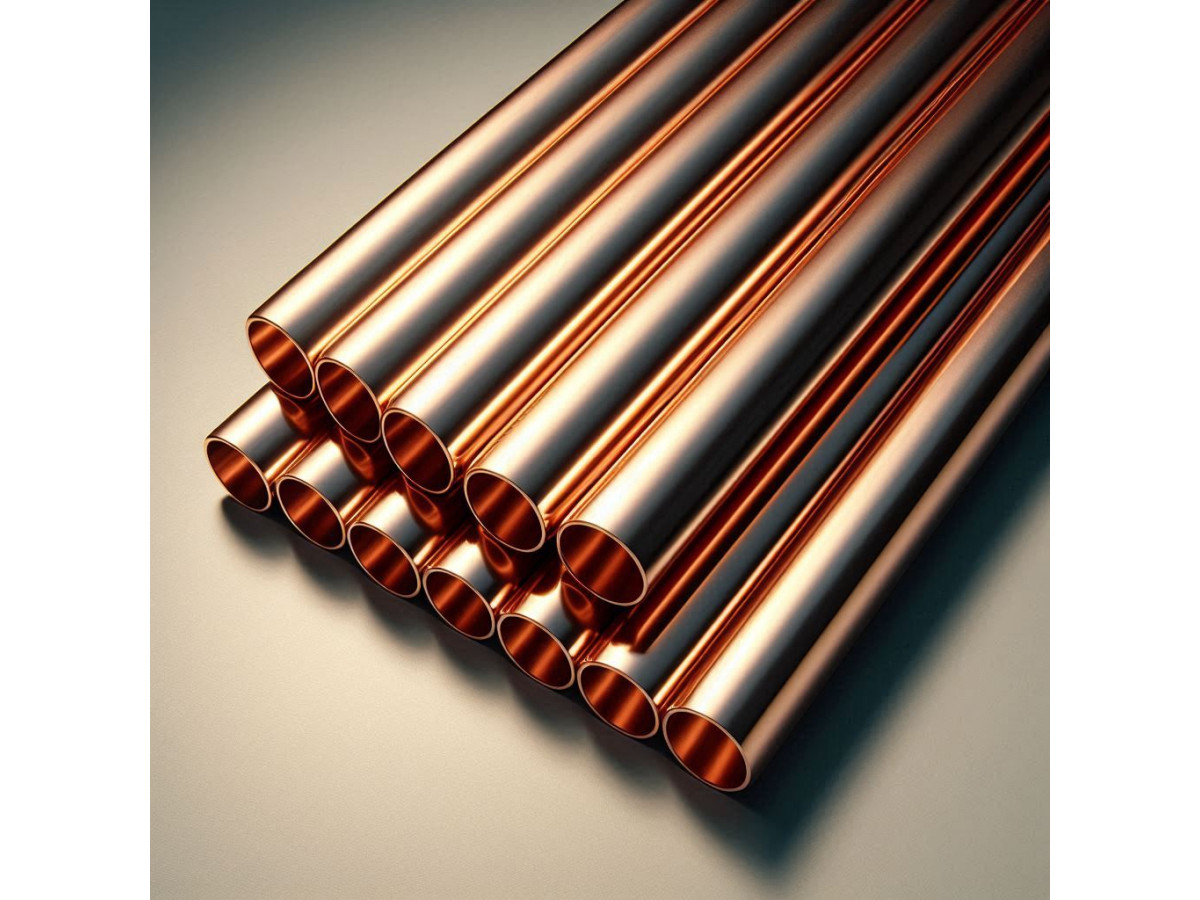Since time immemorial, copper has been one of the most valuable metals. It was used to forge weapons, make jewelry, and then the first water pipes. Copper pipes, thanks to their durability and bactericidal properties, were used to transport water in ancient civilizations. And today, thousands of years later, they remain an indispensable material in the construction industry, various industries, and other areas.
The Main Qualities of Rolled Metal
Pipes have served as faithful companions of mankind for centuries, ensuring the reliable operation of water supply, heating, and air conditioning systems. If they are made of copper alloys, their main features will be:
- high thermal conductivity;
- excellent electrical conductivity;
- ductility;
- rust resistance;
- bactericidal properties;
- long service life;
- impeccable strength;
- elasticity.
The alloy is an excellent conductor of heat and is therefore indispensable in heating systems. Excellent electrical conductivity makes copper pipes suitable for electrical systems, in particular for grounding. The pipes are easy to bend and can be given the desired shape, which simplifies installation several times. The raw material is extremely resistant to rust, especially when it comes to clean water. However, in highly aggressive environments, for example, with a high salt content, it can form an oxide film.
Copper elements have natural antimicrobial properties and are therefore safe for use in drinking water supply systems. The pipes can be used for decades without losing their properties. The service life can reach 100 years or more. The beautiful shade and shine give copper products an elegant look. At the same time, the alloy is considered completely safe from an environmental point of view, since it can be recycled.
For which areas is it relevant to use
Durability, reliability and aesthetic appearance make copper rolled products in the form of pipes indispensable in a wide variety of systems:
- water supply;
- heating;
- air conditioning;
- gas supply;
- ventilation;
- heated floors.
Copper pipes are one of the best materials for water supply systems in both residential and industrial buildings. Their high corrosion resistance ensures the purity and safety of drinking water. In addition, the raw material has natural antibacterial properties, which prevents the proliferation of microorganisms. Excellent thermal conductivity makes it possible to create effective heating systems. Copper radiators heat up quickly and distribute heat evenly throughout the room.
Pipes are widely used in air conditioning systems to transport refrigerant. Their high strength and flexibility allow you to create complex branching systems. They are needed to create gas pipelines due to their strength, tightness and resistance to rust. This is the type of rolled pipe recommended for installation in ventilation systems to create air ducts. Due to their good flexibility, the pipes are ideal for creating underfloor heating systems.
Manufacturing and installation technologies
Imagine that you see how a thin copper tape turns into a strong pipe. This is the real magic of metallurgy! First, the copper blank is heated and rolled, making it thinner and longer. Then this tape is passed through a special hole, and it takes the shape of a pipe. To make the pipe more flexible and durable, it is subjected to special heating - annealing. And the finished pipes are connected to each other using soldering or special press fittings. It's like a construction set, only for adults, and you can assemble a variety of systems from it: from water pipes to air conditioners.
Copper pipes are installed in various ways:
- Soldering is the most common type of connection, where solder with flux is used, providing a strong and hermetic connection.
- Press fixation is another type of installation, where the connection of pipes occurs using press fittings, which compress the product, providing a reliable connection.
- Welding is used to connect rolled pipes of large diameter or in special conditions.
Several types of products are available to customers: seamless and welded products. The latter are cheaper to produce, but are inferior in strength parameters to pipes created by cold or hot rolling. The diameter determines the throughput and pressure that the rolled pipes can withstand. The most common diameters are 10, 12, 15, 18, 22, 28 mm. The wall thickness is usually 0.7-1.5 mm. To choose the right size, it is recommended to contact a specialist or use special calculation programs.

